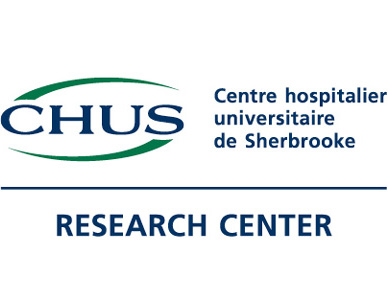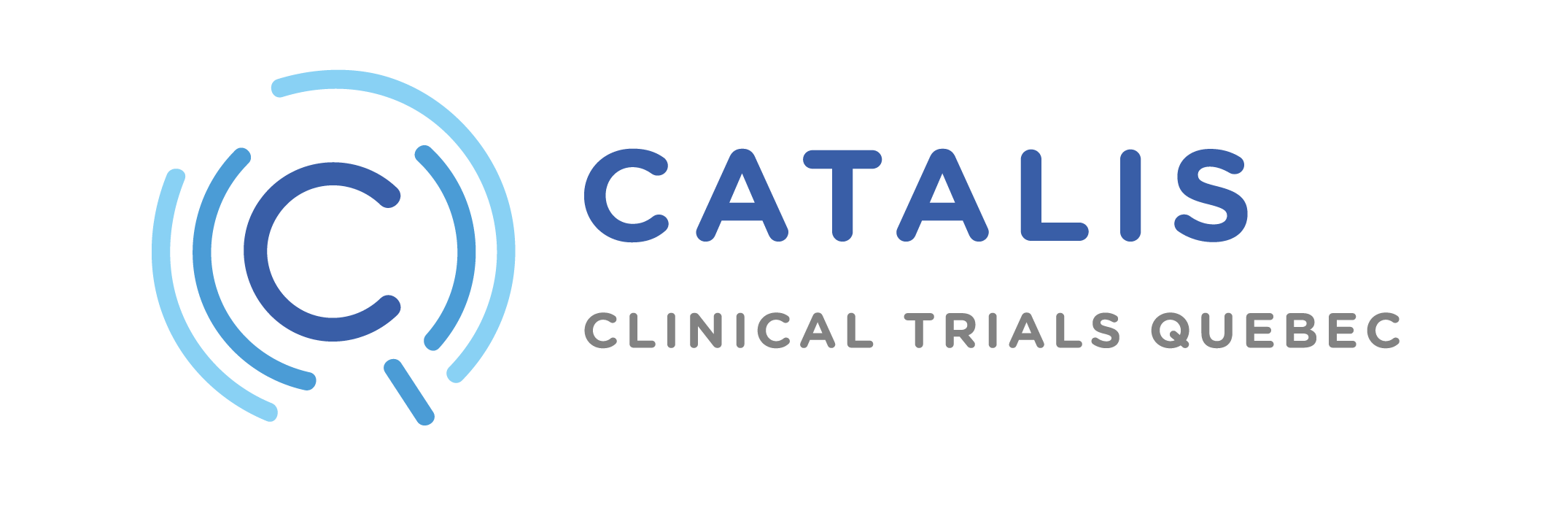
Dr. André Carpentier
The body fat detective
Director of the Diabetes, Obesity and Cardiovascular Complications Research Axis
Centre for Research at the CHUS (CRCHUS) – Université de Sherbrooke
METABOLIC IMAGING

Director of the Diabetes, Obesity and Cardiovascular Complications Research Axis
Centre for Research at the CHUS (CRCHUS) – Université de Sherbrooke
METABOLIC IMAGING
In his laboratory at the Centre for Research at the CHUS (CRCHUS), Dr. André Carpentier conducts cutting-edge research in lipid metabolism imaging.
A true Sherlock Holmes of body fat – the root cause of many health complications – the clinician-researcher has developed a series of molecular imaging methods over the past twenty years to study how dietary fatty acids behave and how they are distributed in the human body.
Dr. André Carpentier was the first to observe the thermogenesis of brown fat in humans, the same process that allows some mammals to hibernate. His team is also the only one to have measured the metabolic breakdown of dietary fats in a human body.
He wants his metabolic tracers to be used in the development of emerging drugs to treat complications of the metabolic syndrome, particularly those associated with type 2 diabetes.
The holder of the Canada Research Chair in Molecular Imaging of Diabetes is “extremely interested in developing partnerships with industry to address the metabolic conditions that lead to this disease in clinical trials.”
After several successful collaborations with various industrial and academic partners in multicentre clinical research in cardiometabolic disease and endocrinology, Dr. André Carpentier’s team also completed a proof of concept project with the European company Uniqure for the development of Glybera®, gene therapy to correct hyperchylomicronemia associated with lipoprotein lipase deficiency.
Imaging and AI
Over the years, the CRCHUS has built an imaging research facility that complements the talent of the experts working there. In the near future, Dr. Carpentier and his colleagues will add artificial intelligence to their imaging methods. “It’s on our radar. We have thousands of data on more than 250 subjects waiting to be analyzed from top to bottom.” By entrusting his databases to the Artificial Intelligence Group of the Université de Sherbrooke, the researcher plans to use deep learning to refine his imaging methods, and to identify correlations between data that might have escaped his keen eye.
